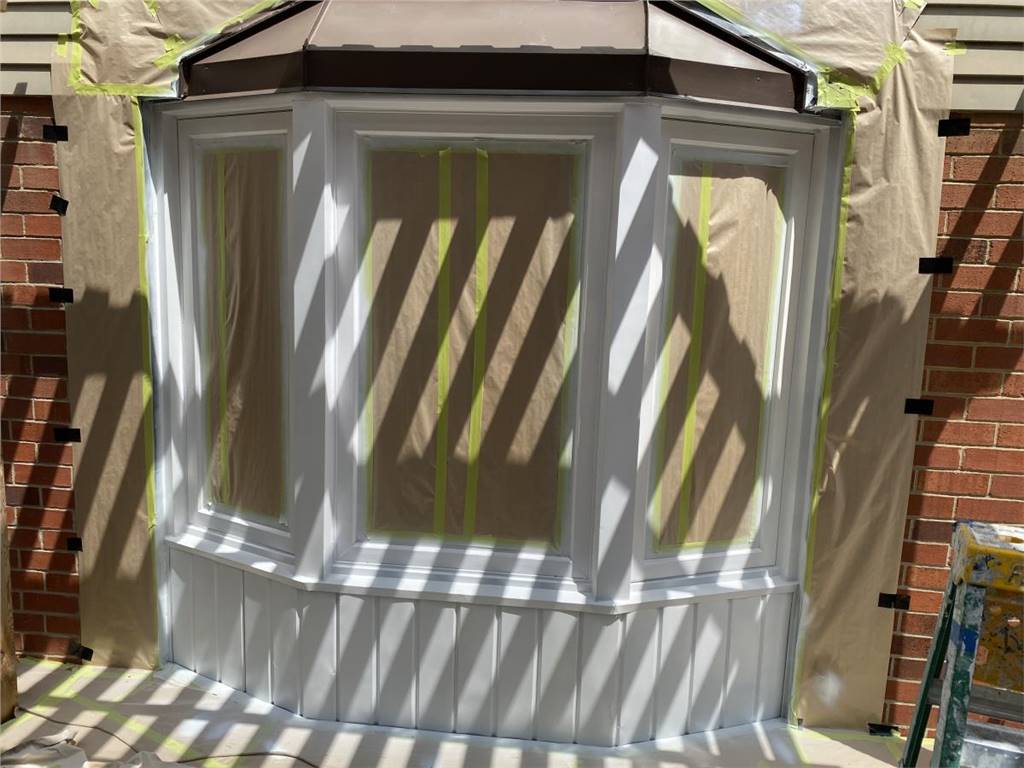
Dangers Of Having Lead Paint: A Quick Summary
When you think of lead paint, what comes to mind? Most people probably think of the dangers it poses to children. While this is definitely true, there are other dangers to having lead paint in your home as well. In this blog post, we'll take a quick look at some of these dangers. So if you're thinking of removing lead paint from your home, be sure to read on!
What Is Lead Paint?
Lead-based paint is a paint or coating that contains lead. Lead exposure can cause serious health problems, particularly in children.
Lead-based paint was commonly used in homes before 1978. It was banned for use in residential settings after that year, but it may still be found in older homes. If your home was built before 1978, there is a good chance it has lead-based paint somewhere on the property.
Lead exposure can occur when lead-based paint starts to chip and crumble, or when house dust or soil contains high levels of lead. Maintenance and repair work on old homes can also create problems by disturbing painted surfaces and releasing lead into the air where it can be inhaled or ingested.
Dangers of Lead Paint:
Exposure to lead paint can pose serious health risks, both in the short and long term. Lead is a neurotoxin that can cause damage to the brain and nervous system, as well as other organs. In children, even low levels of lead exposure have been linked to behavior problems, lower IQ scores, and learning difficulties. In adults, lead exposure has been linked to high blood pressure, kidney damage, and reproductive problems.
If you think you or your family may have been exposed to lead paint, it is important to see a doctor right away. Exposure can be tested for through a simple blood test. If treatment is needed, there are many options available that can help reduce the health risks posed by lead paint exposure.
Exposure to lead can cause a range of psychological problems, including anxiety, aggression, and learning disabilities. Children who are exposed to lead are more likely to develop behavioral problems and have lower IQ scores than children who are not exposed.
Lead paint is particularly dangerous because it can peel or chip, which releases lead dust into the air. People who live in homes with lead paint may breathe in the dust, which can cause serious health problems. It's important to keep your home clean and free of dust to reduce your exposure to lead paint.
How to Get Rid of Lead Paint?
If you suspect that your home has lead paint, it's important to take steps to remove it safely. The dangers of lead exposure are well-documented, and even low levels of lead can pose a serious health risk, particularly for young children.
There are a few different ways to remove lead paint safely. One option is to hire a professional contractor who is certified in lead paint removal. This is often the safest and most effective option, as contractors have access to specialized equipment and training that can make the process go more smoothly.
Another option is to do the work yourself, but this carries a number of risks. First, you'll need to obtain the proper safety gear, including a respirator rated for lead dust, eye protection, protective suit, etc.
The next step is to control the environment by sealing off the work area and creating negative pressure. This will minimize the risk of exposure to lead particles. Keep children and pregnant women away. Do not go out of the room and wander around in the same clothes that you wear while doing this job.
When using a chemical stripper, always followed the manufacturer's instructions and take care not to splash or soak the stripped area with water afterwards. Heat guns, sanders, or blowlamps should not be used.
Often use a water sprayer to spray some water around to settle the lead dust. After you are done, use a vacuum cleaner with a HEPA filter to collect all the dust. Clean the room with a damp cloth and get rid of the cloth as well. It is crucial to follow your city's regulations when getting rid of all contaminated equipment as well as lead-contaminated waste.



